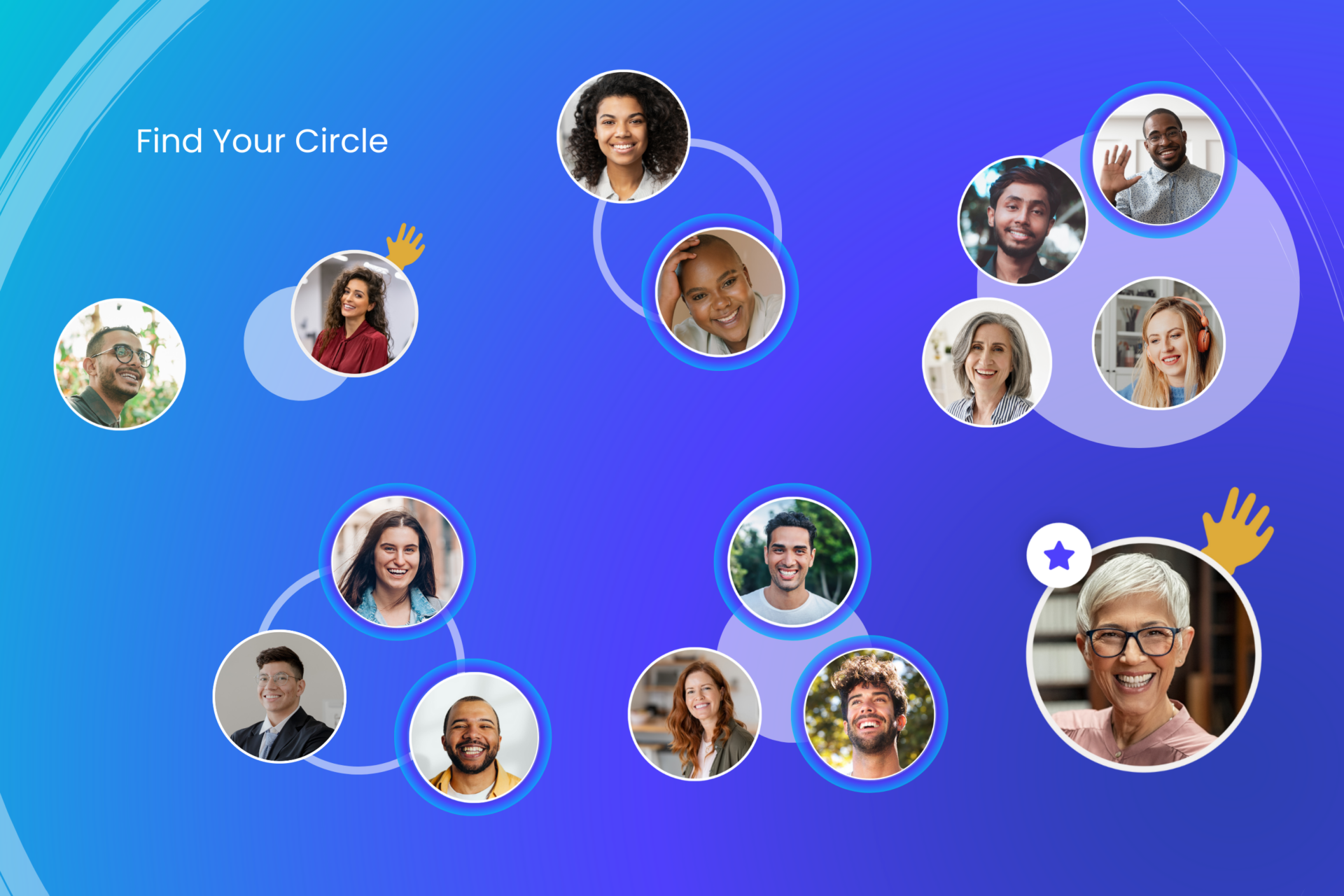
Context-driven virtual icebreakers build community beyond the chatbox and create student-centered classrooms
The chat brought out a side of our students we’d never seen before, but it’s not enough to cultivate classroom environments rooted in equity and curiosity.
By Audrey Dietz
Is it okay to admit I used to dislike icebreakers?
Two truths and a lie. Five nouns about me. Silently staring each other in the eyes for 60 seconds at the first professional development of the school year (I am not making this up).
It’s just… a lot for people trying to figure out where last year’s HDMI cables got to while also parsing lesson plans, paperwork, and rosters.
I didn’t like doing them at staff meetings, but I’d paste a smile on while breaking the ice with my students–bring on the marshmallows, balloons, and spaghetti towers!
So when I, along with many of you, became a first-time virtual educator in 2020, a quick “Just drop it in the chat!” became an easy stand-in for the icebreaking activities I’d grinned through with my students.
But here’s what I realized (pre-2020 virtual educators are shaking their heads knowingly): that is not enough.
Many of us who abruptly transitioned to virtual education never became comfortable with the whole endeavor for a reason that’s not obvious at first glance.
Think about it: on the first day of classes in a building, an experienced educator can look around the room and observe the students’ interactions with each other. Who is outgoing? Who speaks up first during silences? Who is hesitant but following along? Who needs an extra warm welcome into the classroom community? These observations influence the educator’s instructional moves – and how, when, and what we ask of our students. All students arrive in the classroom situated in zones of proximal development, with their own unique context and readiness for learning.
Behind blank squares and muted mics, none of this is visible. Educators who don’t have this information about their students can’t support them fully and don’t have the capacity to be the “warm demanders” described by Zaretta Hammond, author of Culturally Responsive Teaching and the Brain: Promoting Authentic Engagement and Rigor Among Culturally and Linguistically Diverse Students (Corwin, 2014). Instead, some instructors end up demanding without foundational trust (nitpicky deadlines, overfixation on process over student humanity) or dropping expectations for their students altogether.
What’s a virtual instructor to do? First, leverage the chat fully. As a student who was hesitant to speak in discussions and came up with my best contributions after class, I adore the chat. It’s a great equalizer for so many students who, for different reasons, contribute more meaningfully in writing and via back channels. Learning how to use the chat intentionally is essential, according to faculty development and support facilitator and researcher Karen Costa: “Inviting learners into the chat from the moment they enter the room communicates that everyone is important and that everyone brings expertise into the classroom (2022)”
But even with a fully-engaged chat, leaving community-building up to teacher-mediated questions means students have one way to contribute in class. And with many teaching platforms, this means that the mainstage live-action moments tend to be teacher-led and teacher-centered (and on many other platforms, the tech even forces the sage onto the stage).
With InSpace, there’s more than one way to crack the ice. Custom backgrounds and proximity audio mean that educators can craft backdrops for their icebreakers that build cultural competence, support community-building goals, and even scaffold pedagogical tasks like philosophical chairs or four corners activities as students learn that, in this classroom, their actions are essential to the instruction–and that without their active participation, the classroom doesn’t function. Zarretta Hammond writes that educators must “instill community habits for growth in learning.” This starts from the types of tasks learners are asked to do in all areas of classroom life. Building habits that allow students to shoulder the cognitive load of learning starts from day one. Viewed this way, icebreakers aren’t about being ‘nice’ – and shouldn’t be seen as optional.
As Hammond writes, it’s about building competence that leads to confidence. By teaching students how to learn – via metacognitive strategies taught to students with icebreakers that later morph into academic-oriented classroom procedures and routines – culturally responsive teaching practices help students make meaning in the classroom by building their capacity for tackling challenging tasks independently.
Even better, since student-driven icebreaker activities liberate the instructor from driving the action, instructors can embody the role of facilitator and observer. That critical information – what becomes the scaffolds to connect what the student knows to new concepts and content – can be yours again simply by spending time observing how your students interact with each other. Imagine regaining the time and space to see your students as they are and to engage with their humanity in your virtual classroom.
Join our 30-minute training sessions to learn more about using Ice Breakers and Community Builders to connect with your students on InSpace. You’ll also get an InSpace Starter Kit with templates and plans to help you create custom Ice Breaker backgrounds for your own sessions!